BooleanUnion 2D Mesh Surface
by Clark Cheng
SideFX's HoudiniFX is known for its expansive VFX capabilities and procedural techniques. Luckily, Houdini has pretty nifty solutions on 2D merging.
In many workflows, especially when working with 2D shapes that need to be combined, it's useful to have a fast and reliable method for union, intersection, and subtraction operations. Houdini offers several approaches for 2D boolean operations, depending on whether you are working with curves, polygons, or volumes.
For basic 2D geometry, the Boolean SOP node provides a straightforward solution. By setting the operation to "Shatter" and working with flat, planar surfaces, you can merge two shapes together efficiently. Houdini treats the surfaces as thin volumes, which helps avoid common problems like self-intersections or incorrectly calculated overlaps.
Basic Setup for 2D Booleans:
1. Create two 2D shapes, such as circles, rectangles, or custom curves.
2. Use a PolyExtrude SOP with a very small extrusion depth to give them slight thickness if needed.
3. Connect the shapes to a Boolean SOP.
4. Set the Boolean SOP to the "Union" operation mode.
The result will be a cleanly merged 2D surface. You can flatten the result back onto a single plane by using a Transform SOP to reset any extrusion depth.
For more procedural control, Houdini’s VDB tools can be adapted for 2D shapes by converting them into fog volumes and using VDB Combine. This method is heavier but gives flexibility for complex or noisy outlines.
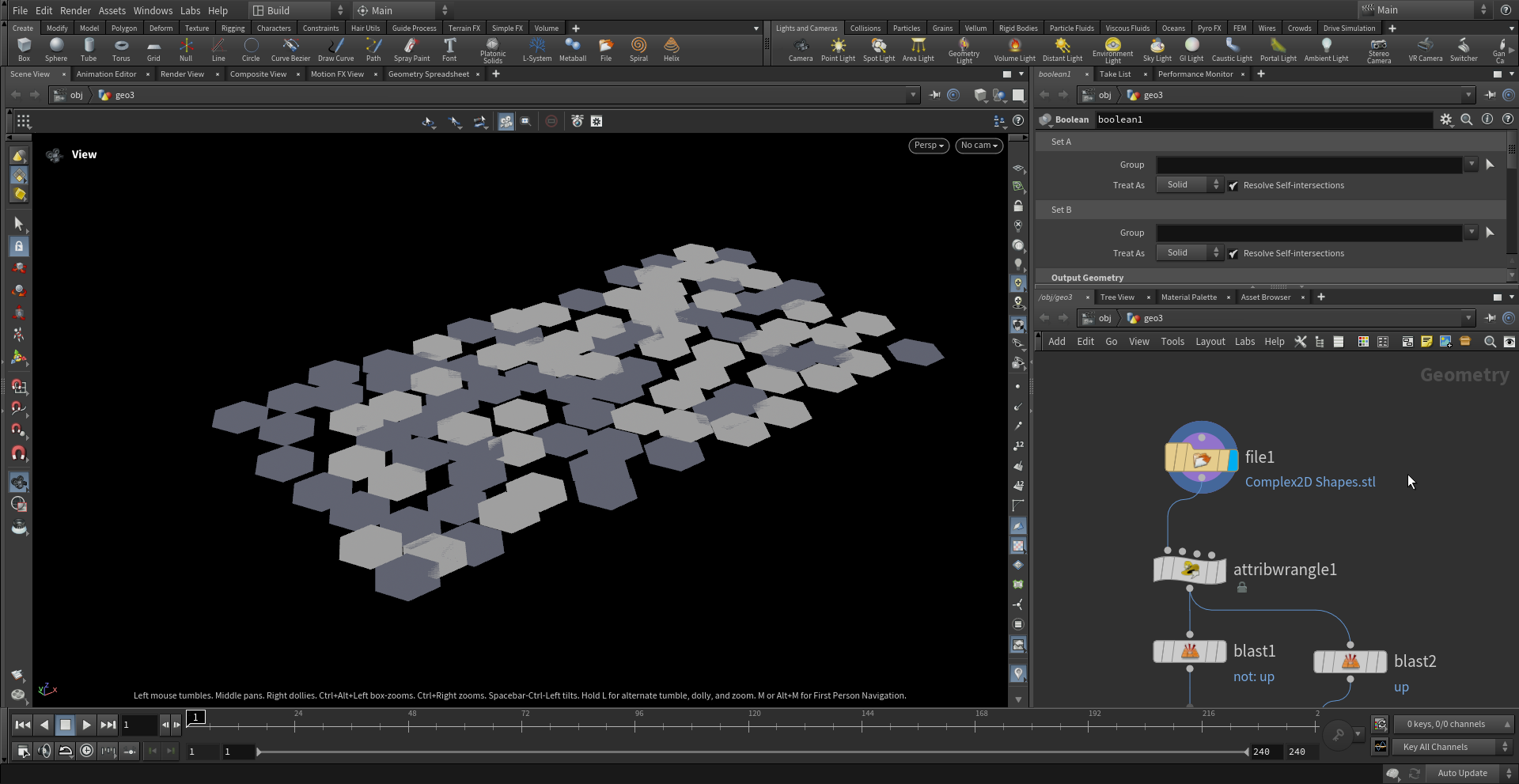
Step 1: Initial 2D shape layout in Houdini, showing input primitives before any operations.
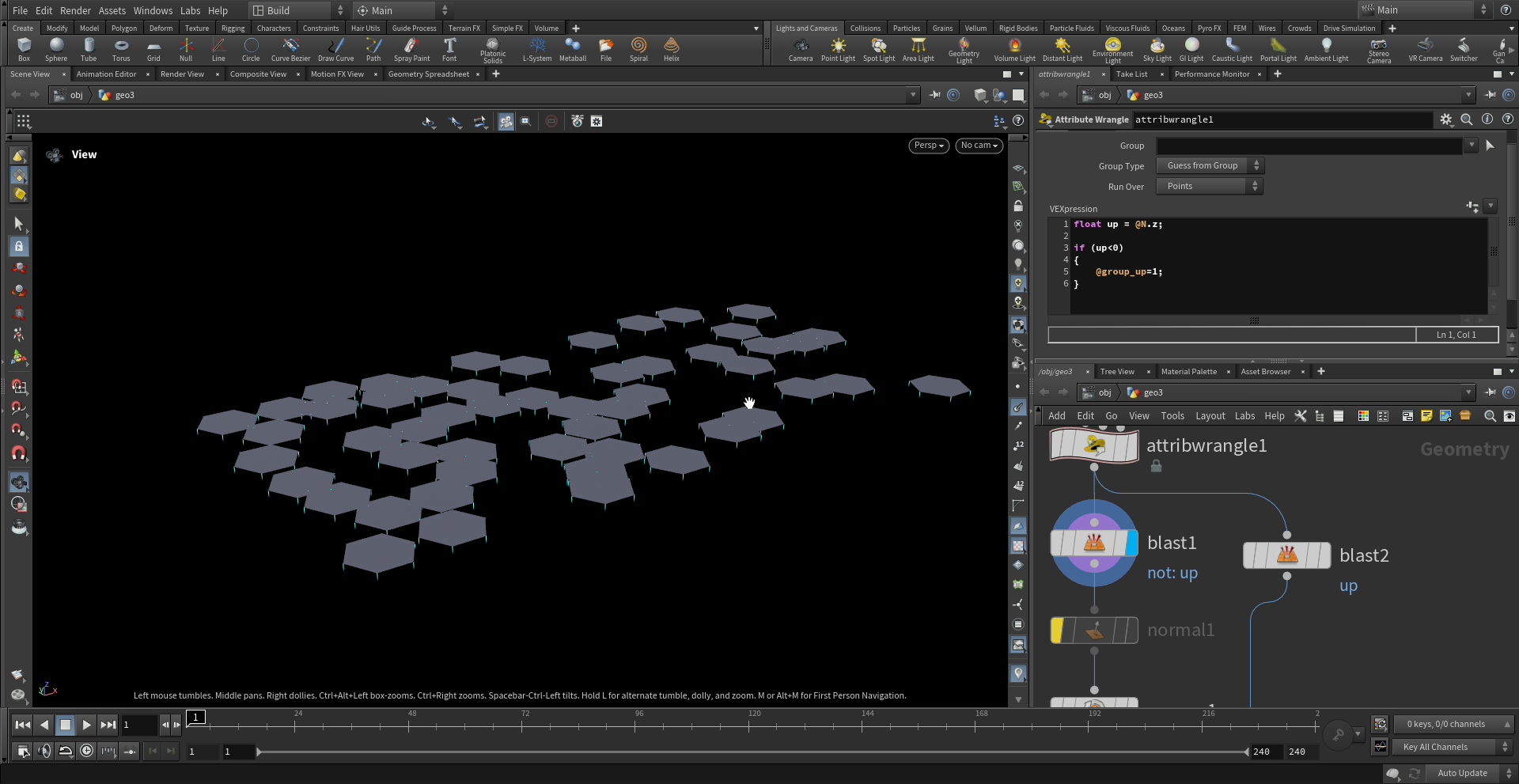
Step 2: Secondary 2D shapes positioned, potentially as boolean operands for subtraction or union.
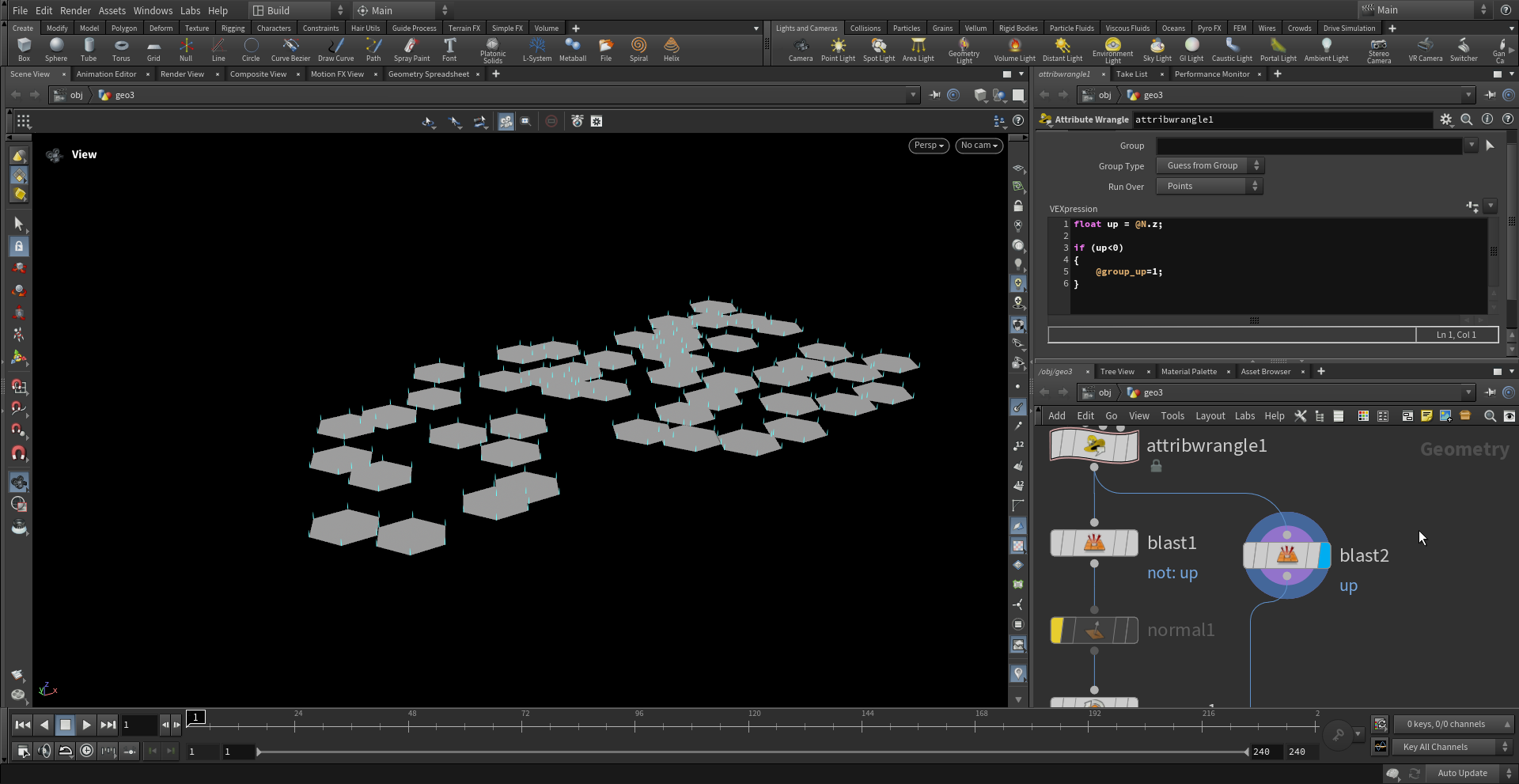
Step 3: Combined view of original and boolean shapes, indicating overlap for the operation.
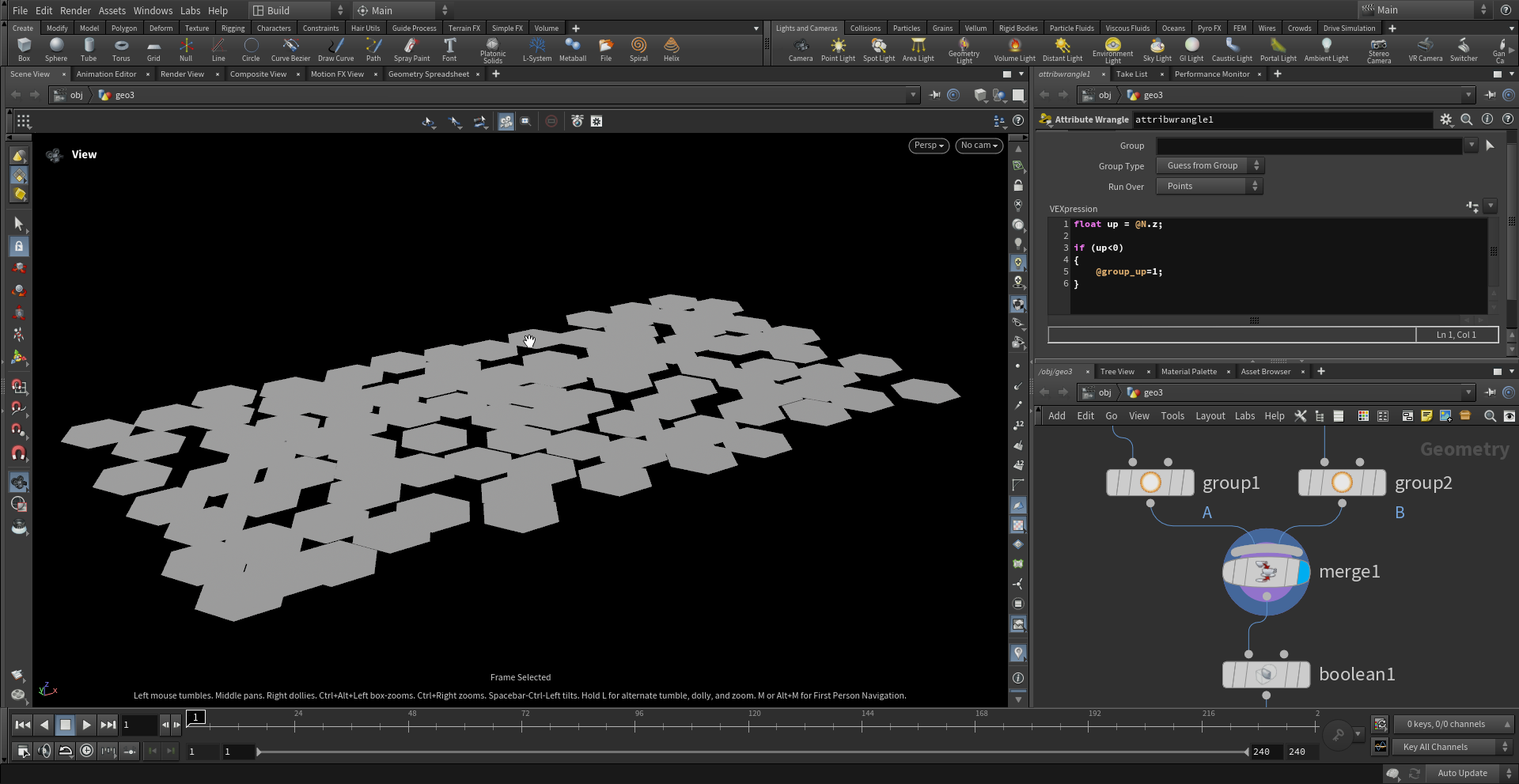
Step 4: Node graph in Houdini showing the Boolean SOP network used for 2D shape operations.
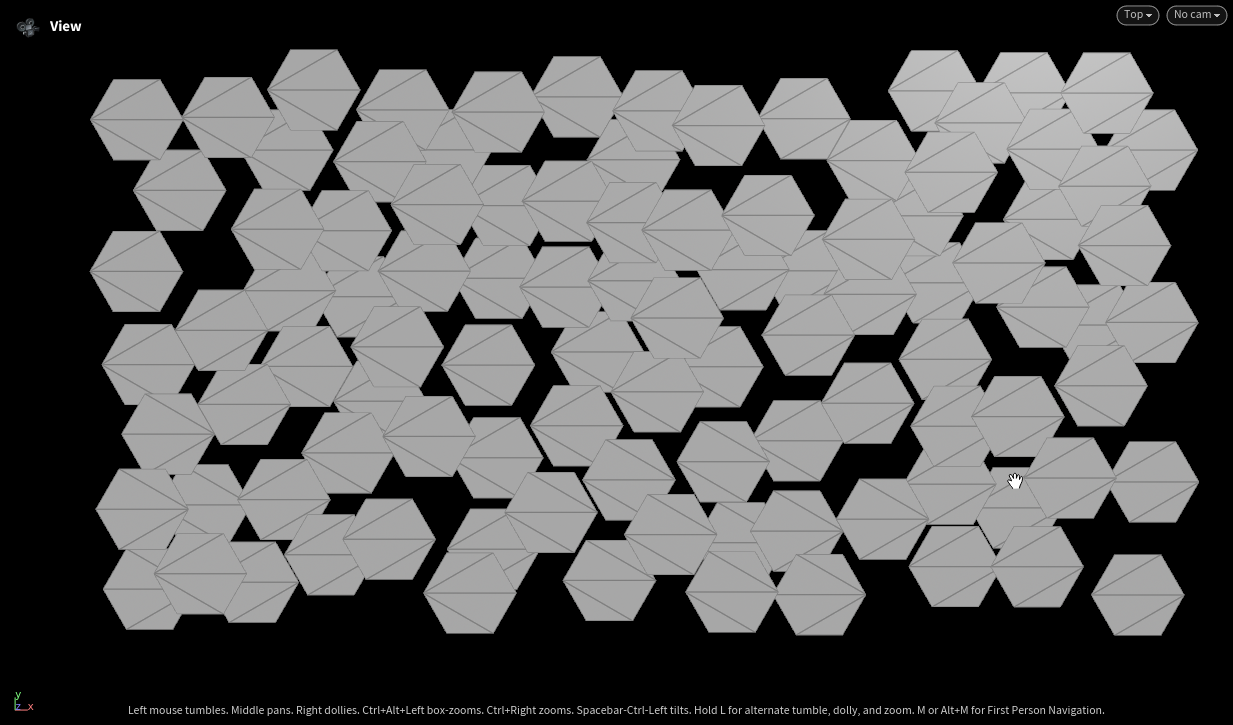
Step 5: Result after the boolean operation, revealing the modified shape with cut-out regions.
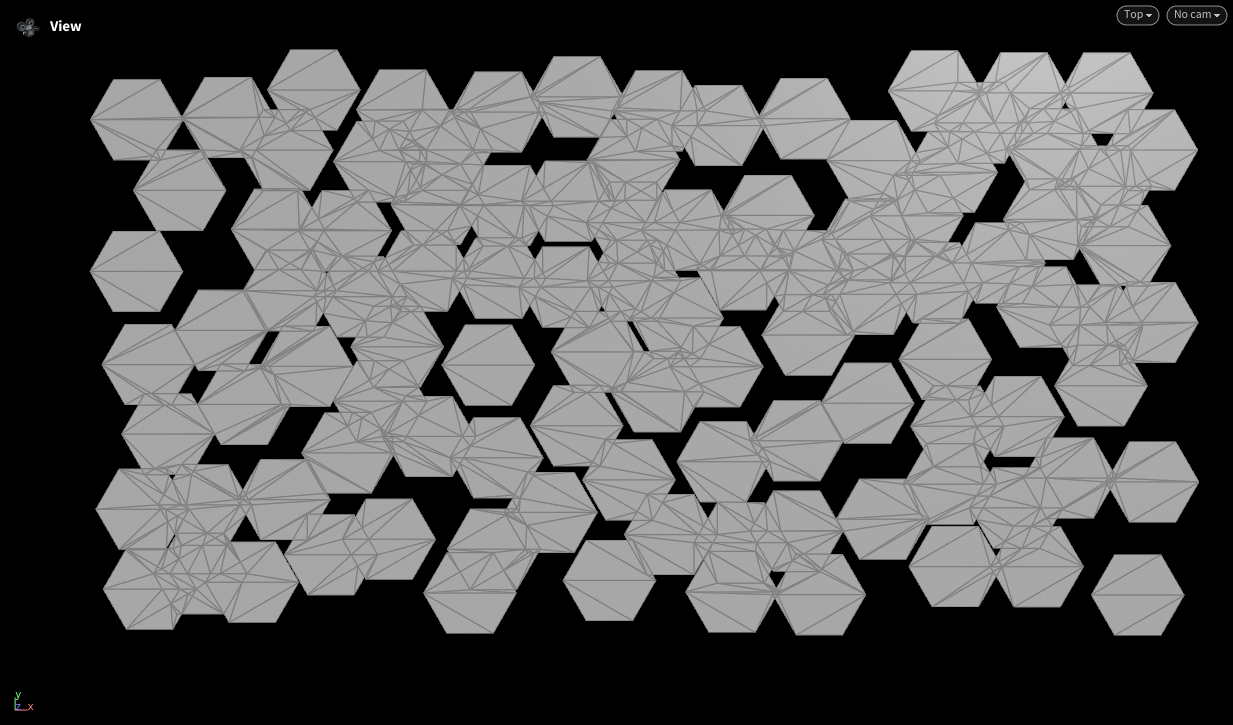
Step 6: Isolated view of final 2D shape geometry post-boolean, showing clean contours.
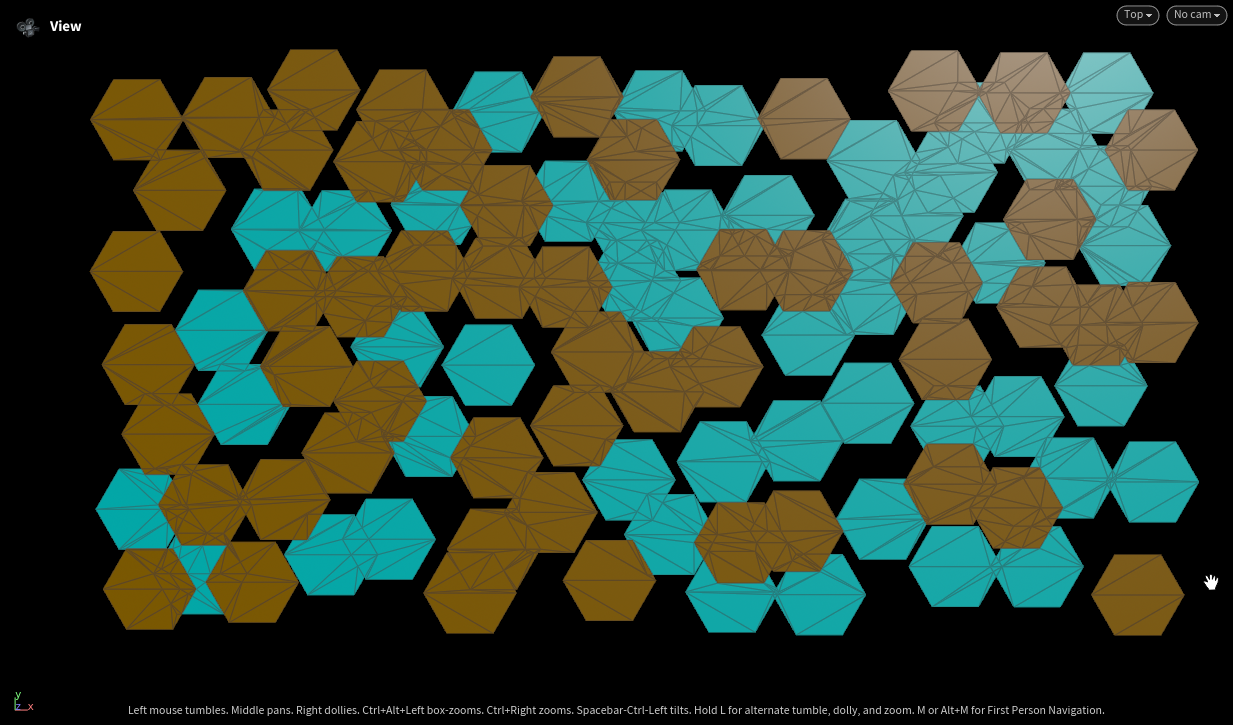
Step 7: Colored visualization of different shape components, likely for debugging or clarity.

Step 8: Overview with viewport and parameters shown, finalizing the 2D boolean modeling process.
Ultimately, the choice of method depends on the complexity and needs of your project. For fast, clean operations on simple planar shapes, the Boolean SOP with slight extrusion offers an efficient and visually accurate solution. This approach provides reliable results for union, intersection, and subtraction tasks while maintaining the flexibility and non-destructive nature of Houdini’s procedural workflow. By keeping your operations planar and using minimal extrusion, you can ensure accuracy while preserving full editability for integration into larger visual effects pipelines.